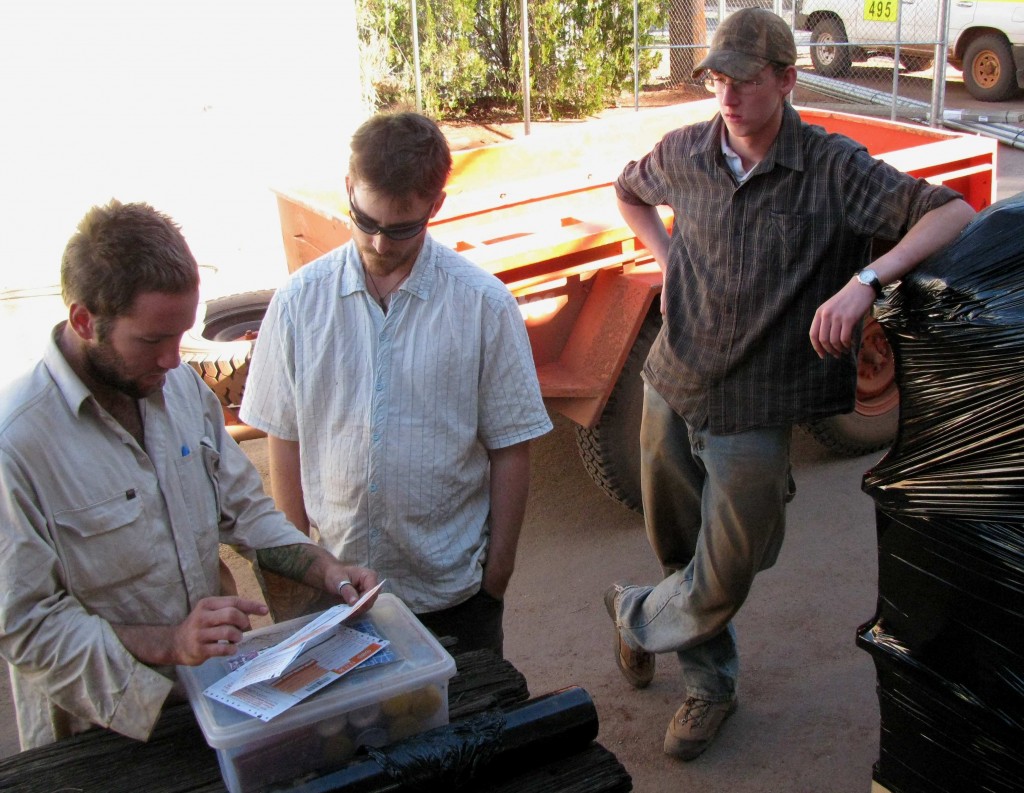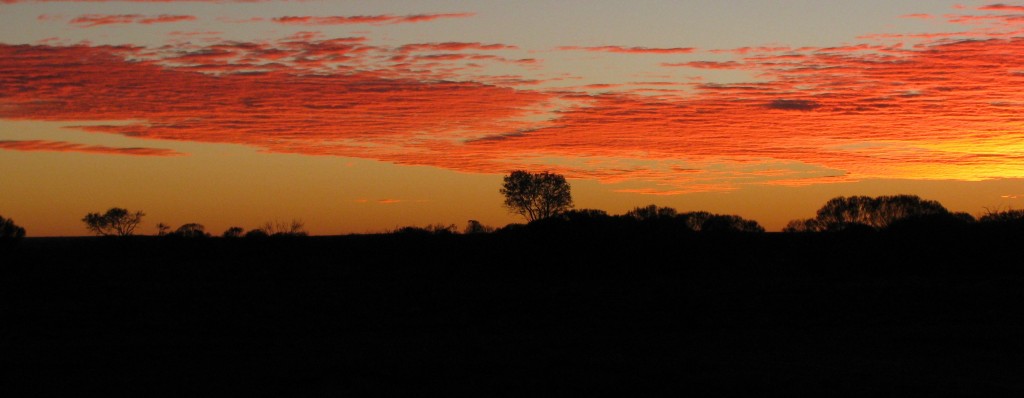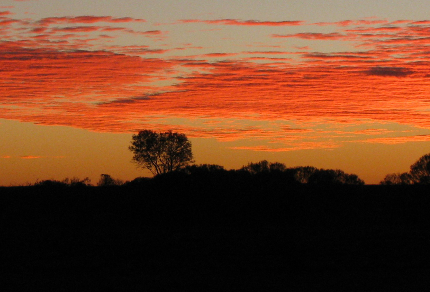Western Australia, Day 20
Townsville: Cold wind buffeted my bare limbs as I walked quickly into Idalia via the Bowen Road bridge and Ross River Parkway. From the bridge, the sun painted stark images of the river’s exposed belly – red mud, dark shrubs, silver water. A black-necked stork formed a motionless silhouette protruding from the shining river. A great egret was a curved flame of white light near shore. Welcome swallows basked on wires in fitful sunlight.
The winter solstice approaches, milder even than the autumnal equinox in Nova Scotia. The sun rose at 6:44 a.m. this morning and will set 5:43 p.m., its usual intensity today masked by cloud. The change of seasons has provided me with a larger window of time for outdoor pursuits. After our arrival on the penultimate day of 2009, I quickly learned to run, walk, and seek birds in the relatively subdued heat before and immediately following the summer sunrise. That summer sun, even in early morn, licked exposed skin like a flame. UV ratings appeared stuck on the ‘Extreme’ level for months, but have lately shifted down through ‘Very high’ to ‘High.’ The skin of Australians – weathered, wrinkled, prone to skin cancer – bears testimony to those UV levels. “You don’t try to get a suntan here,” I was told after church on Sunday. So, still I work indoors during the heat of the day, and seek birds and fitness during the few hours adjacent to the gift of darkness.
Western Australia:

Road train outside Leinster (© Vilis Nams)

The Research Crew, with Janis at right (© Vilis Nams)
After bringing in the camera traps, the research crew packed up and left Cunyu station. They drove to Leinster and arranged to ship the research equipment to Townsville, and then enjoyed another pub supper before spending the night at Yakabindi.

Desert Sunset, Western Australia (© Vilis Nams)
Today’s birds: rainbow bee-eaters, Australian magpies (with definite differences in the patterns of white on their closed wings), magpie-larks, masked lapwings, black-faced cuckoo-shrike, house sparrows, peaceful dove, rainbow lorikeets, yellow-throated miner, blue-faced honeyeaters, crested pigeon, Australian white ibis, great bowerbirds, green figbirds, mynas, great egret, black-necked stork, welcome swallows, yellow honeyeater, white-gaped honeyeaters, brown honeyeaters, rufous whistler, *shining flycatcher, leaden flycatcher, sulphur-crested cockatoos, little black cormorants, rock doves, Brahminy kite. (*denotes lifelist sighting)


